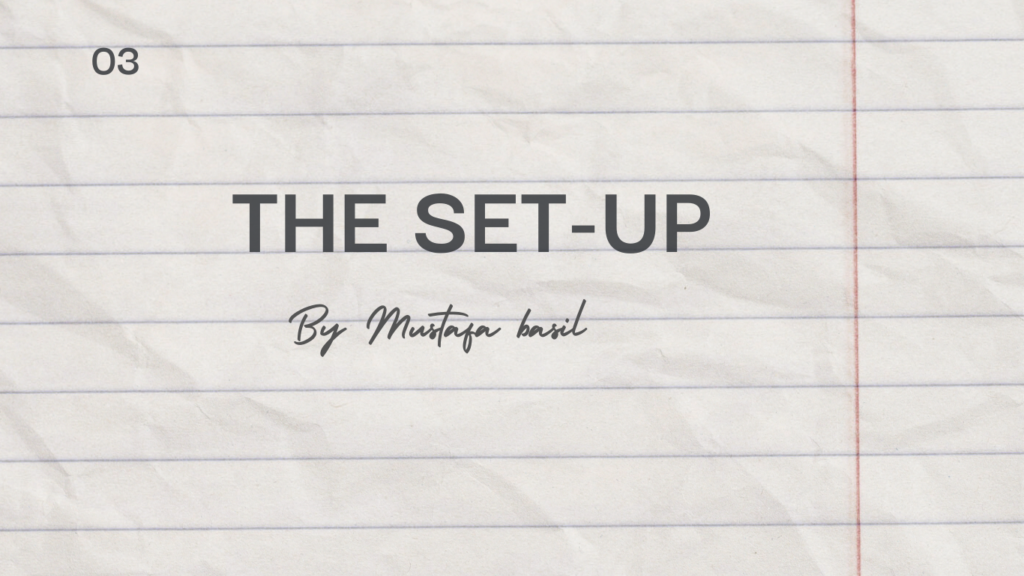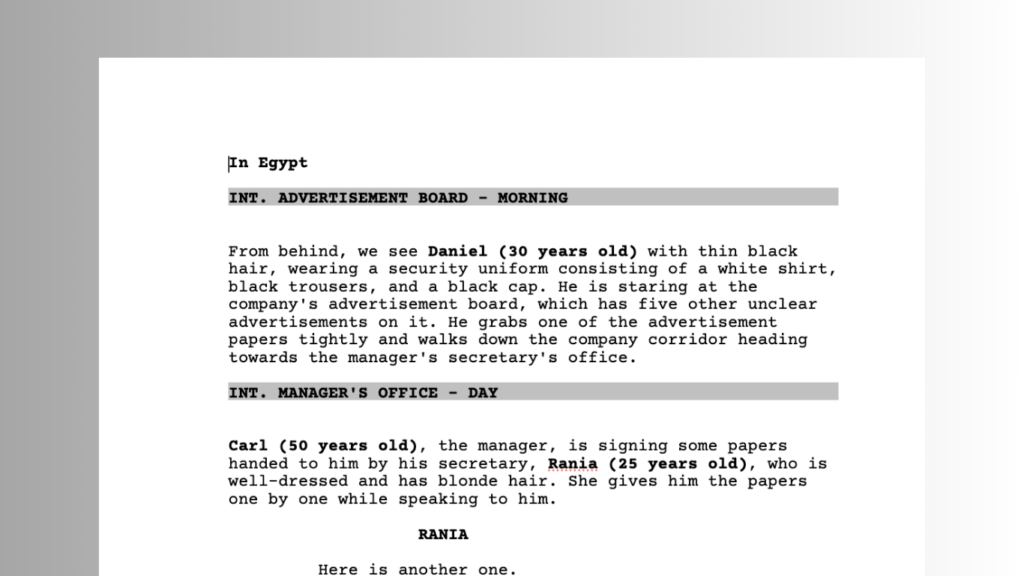10 Essential Tips: How to Make a Setup in a Screenplay with a Hook in the First 10 Minutes

Introduction
The beginning of your screenplay is crucial. It sets the tone, introduces key characters, and hooks the audience. Crafting a compelling setup within the first ten pages and ensuring a strong hook in the first ten minutes are essential skills for any screenwriter. In this guide, we will explore effective strategies to achieve this, ensuring your screenplay grabs attention and keeps it.
Importance of a Strong Setup and Hook
Grabbing Audience Attention
In today’s fast-paced world, capturing your audience’s attention quickly is vital. A strong setup and hook ensure that viewers are invested from the get-go.
Establishing Tone and Style
The opening of your screenplay sets the tone and style for the entire story. It gives the audience a taste of what to expect, whether it’s a thrilling adventure, a heartfelt drama, or a comedic journey.
Introducing Key Elements
The first ten pages should introduce your protagonist, the setting, and the central conflict. This lays the groundwork for the narrative to unfold seamlessly.
Understanding the Setup in Screenwriting
What is a Setup?
A setup is the initial part of your screenplay that establishes the world of the story, introduces the main characters, and hints at the central conflict. It’s the foundation upon which the rest of the screenplay is built.
Key Components of a Setup
- Introduction of Protagonist: Clearly present your main character, showcasing their personality, goals, and current situation.
- Establishment of Setting: Provide a vivid description of the environment where the story takes place.
- Inciting Incident: Introduce the event that disrupts the protagonist’s normal life and sets the story in motion.
Crafting the First Ten Pages
Opening Scene
Your opening scene should be memorable and engaging. It can be an action sequence, a dramatic moment, or a comedic scenario that captures the essence of your story.
Introducing the Protagonist
Show, don’t tell. Use actions and interactions to reveal who your protagonist is and what they want. This helps the audience connect with the character on an emotional level.
Setting the Scene
Provide enough detail about the setting to immerse the audience in your story world. Whether it’s a bustling city, a quiet suburb, or a fantastical realm, the setting should feel real and tangible.
Establishing Tone and Genre
The first ten pages should make it clear what type of story you’re telling. Use visual cues, dialogue, and character actions to establish the tone and genre.
Creating Intrigue and Questions
Introduce elements that pique the audience’s curiosity. Leave them with questions that they want answered, compelling them to keep watching.
Techniques for a Strong Hook in the First 10 Minutes
Start with Action
Beginning with a high-stakes action scene can immediately grab attention. This doesn’t have to be a physical fight; it could be an emotional confrontation or a suspenseful situation.
Introduce a Mystery
Pose a question or present a mystery that the audience will want to see resolved. This could be an unexplained event, a strange character, or an unexpected scenario.
Use a Vivid Visual
A striking visual can captivate your audience from the start. This could be an unusual setting, a dramatic landscape, or a visually arresting moment.
Create a Relatable Moment
Showing your protagonist in a relatable situation can help the audience connect with them quickly. This builds empathy and investment in the character’s journey.
Start with Dialogue
A compelling line of dialogue can hook the audience instantly. It can be a witty remark, a poignant statement, or a cryptic message that sets the tone for the story.

Examples of Effective Setups and Hooks
“Jaws 1975“
Steven Spielberg’s “Jaws” begins with a chilling nighttime swim that ends in a shark attack. This opening scene immediately establishes the threat and sets the tone for the rest of the film.
“The Matrix (1999) “
“The Matrix” starts with a high-octane chase scene involving Trinity, showcasing the film’s unique blend of action and sci-fi elements. The audience is instantly hooked by the suspense and the mysterious nature of the characters.
“Inception (2010) “
Christopher Nolan’s “Inception” opens with a dream-within-a-dream sequence that introduces the concept of dream manipulation. This intriguing setup raises questions and sets up the complex narrative structure.
you can explore more articles in my website , click here